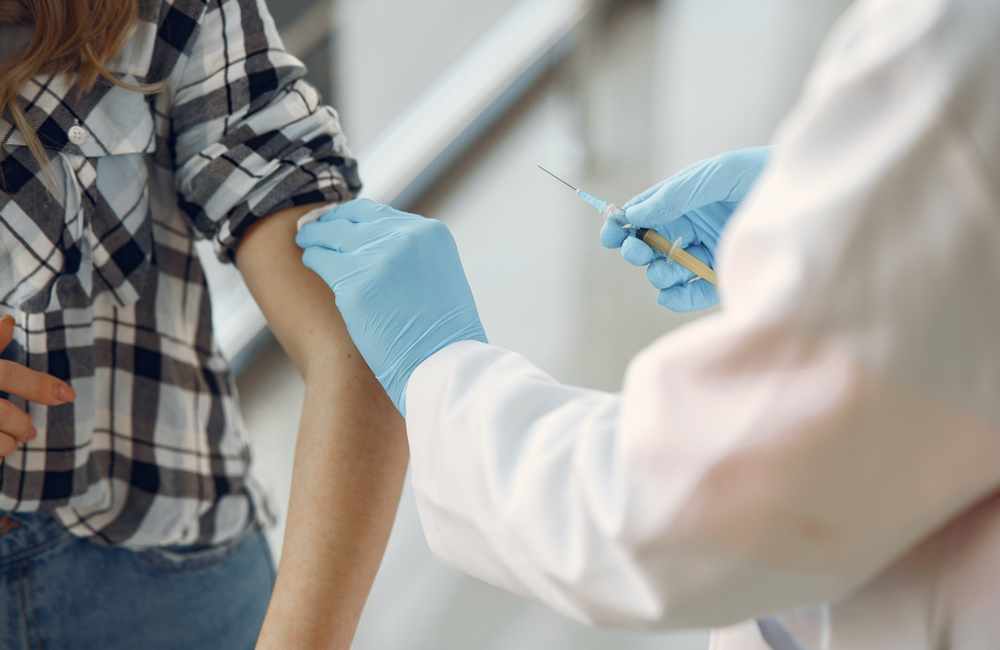
People with HIV who had detectable viral load at the time of vaccination produced lower levels of antibodies after two doses of the Pfizer SARS-CoV-2 vaccine, researchers from Sweden’s Karolinska Institute report in the journal AIDS. Further research is needed to determine if this group are especially vulnerable to loss of antibody protection.
The findings come from the COVAXID study, which compared responses to the Pfizer vaccine in 90 people living with HIV on antiretroviral therapy and a control group of 90 HIV-negative adults. All participants with HIV were taking antiretroviral therapy, although 14% had detectable viral loads above 50 copies/ml. The median CD4 was 565; just under half (49%) had a lowest-ever CD4 count below 200. People with HIV and the control group were well matched in terms of age, comorbidities and body mass index.
Participants received two doses of the vaccine, three weeks apart. SARS-CoV-2 spike IgG levels were measured at days 0, 21 and 35 of the study to determine antibody responses to vaccination.
Seven people with HIV and four people in the control group were excluded from the analysis after they tested positive for SARS-CoV-2 antibodies at baseline, indicating prior infection. Day 35 testing visits were missed by three people with HIV and four people in the control group, leaving 79 people with HIV and 82 in the control group available for analysis.
All but one person with HIV and all of the control group had produced antibodies 35 days after the first vaccination. The single person with HIV who did not produce antibodies had an autoimmune disease and a low CD4 count (90 cells).
"People with poorer adherence or shorter times on antiretroviral treatment may be less likely to mount strong responses to vaccination."
Although people with HIV produced antibodies to the vaccine, they had significantly lower antibody levels (1613 vs 2192 U/ml, p=0.0012). Baseline CD4 cell count did not affect antibody levels in people with HIV but people with detectable viral load had significantly lower antibody levels than people with viral load below 50 copies/ml (p=0.0480).
Ten people with HIV had detectable viral load at baseline, ranging from 56 copies/ml to 18,000 copies/ml, but by day 21 (the time of the second vaccination) four of those participants had undetectable viral load and by day 35 only three people with HIV still had detectable viral loads. Two of the three detectable viral loads at day 35 were attributable to non-adherence to treatment; the other case may have been a vaccine-related viral load blip.
The researchers say theirs is the first study to show a relationship between detectable viral load and weaker antibody responses to SARS-CoV-2 vaccination. People with poorer adherence or shorter times on antiretroviral treatment may be less likely to mount strong responses to vaccination, the researchers say.
Longer-term follow-up is needed to check whether antibody levels fall more quickly in people with HIV, they say, and how this affects the need for a booster dose. Although booster doses have been recommended for people with HIV, uptake has not been evaluated and the extent to which protection from severe COVID-19 might differ in people with HIV after a booster is unknown.
Xu X et al. High seroconversion rate after vaccination with mRNA BNT162b2 vaccine against SARS-CoV-2 among people with HIV - but HIV viremia matters? AIDS 36: 479-481, 2022.
DOI: 10.1097/QAD.0000000000003135
